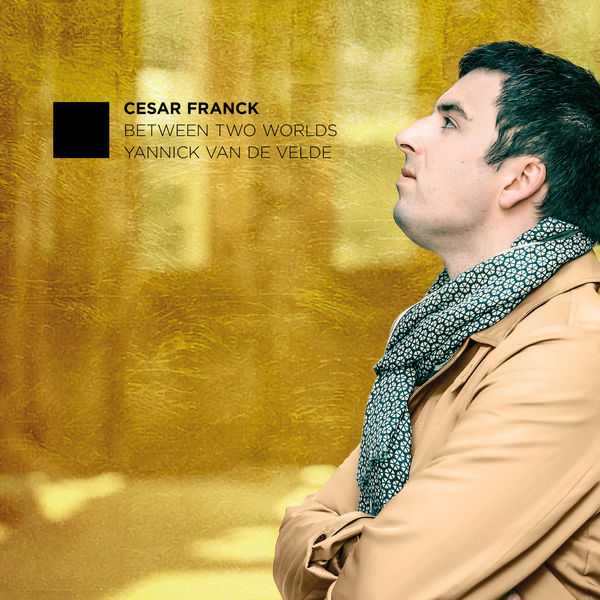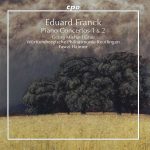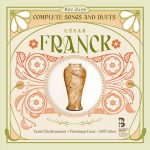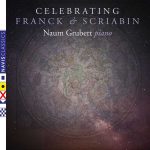

Composer: César Franck
Performer: Yannick Van de Velde
Format: FLAC (tracks)
Label: Evil Penguin
Catalogue: EPRC0048
Release: 2022
Size: 1.26 GB
Recovery: +3%
Scan: yes
Prélude, choral et fugue, FWV 21
01. I. Prélude
02. II. Choral
03. III. Fugue
Prélude, fugue et variation, FWV 30 (Transcribed by I. Friedman)
04. I. Prélude
05. II. Fugue
06. III. Variation
Prélude, aria et final, FWV 23
07. I. Prélude
08. II. Aria
09. III. Final
Violin Sonata in A Major, FWV 8 (Transcribed by A. Cortot)
10. I. Allegretto ben moderato
11. II. Allegro
12. III. Recitativo – Fantasia (Ben moderato – Largamente – Molto vivace)
13. IV. Allegretto poco mosso
There were a number of influences that contributed to Franck’s distinctly personal compositional method, with two having the most substantial impact on his late style: the Austro-German tradition, particularly their notion of structural unity; and the tradition of France, the country where he lived for the vast majority of his life. With his main purpose as a composer being to give thanks to God through his music, the coexistence of introverted spirituality and passionate outpouring provides an explicit demonstration of the divine nature of his late compositional output. His reputation rests on a relatively small number of pieces he wrote towards the end of his life. It was not until the late 1870s where he would begin to produce what are now considered to be his masterworks. Whilst his contemporaries produced a great amount for the solo piano, César Franck completed only two large-scale works – the Prélude, Choral and Fugue and the Prélude, Aria and Final.
It was not until 1884, and the publication of the Prélude, Choral and Fugue, that César Franck would truly begin to develop his personal voice – innovative and ground-breaking whilst at the same time reverent to the greats of the past, and displaying a spirituality both introverted and extroverted within which one can find many parallels with the late works of Beethoven. And in a century of piano music dominated by such German masters as Beethoven, Schubert, Schumann and Brahms, this work can be arguably titled the most important addition to the French piano literature since the time of Rameau.
ThePrélude, Aria and Final is no less masterful in its construction, and with it being written in September 1887 it would be the last work he would write for the instrument. The Prélude, Choral and Fugue is distinctly religious in flavour, whereas thePrélude, Aria and Final is a more secular take of this tripartite structural plan.
The programme is completed by two authoritative transcriptions. Cortot, despite his mischievous claim that Franck’s music reflected a church-worker style (“le côté artisan d’église”), was also an ardent admirer, championing all the major keyboard works and arranging the Violin Sonata for solo piano. Thanks to the charm and contained emotion of its melodic inspiration, the Prélude, Fugue et Variation, originally written for the organ, has always been favored by the public and has been the subject of several piano transcriptions: Van de Velde here chooses the one by the famous polish virtuoso Ignaz Friedman.



